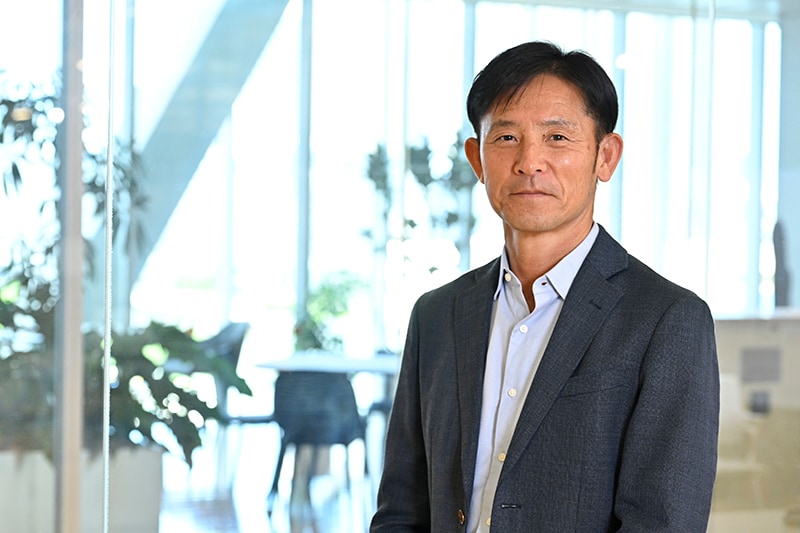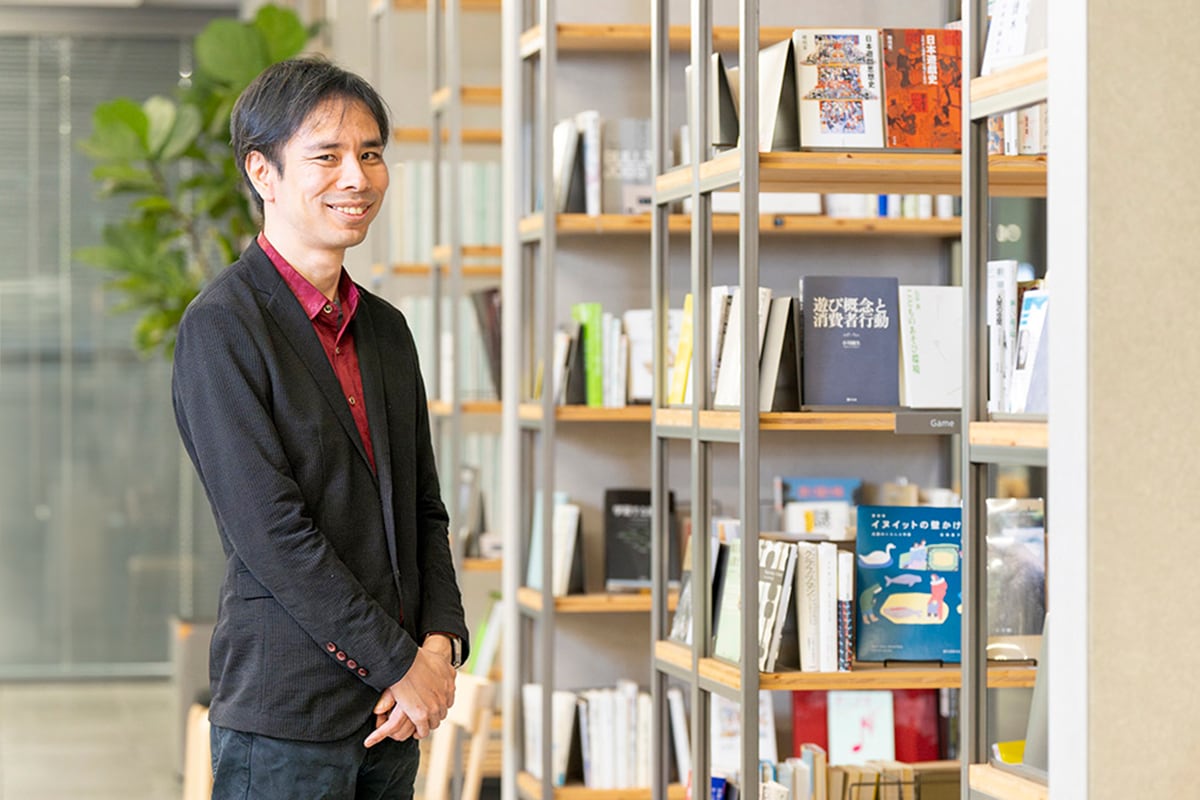People
Design like drawing: A developer of ultrashort throw lens shares the deep world of catadioptric system with us
Nov 13, 2023

Jun Nishikawa has worked on the design and product development of 30 lens models, including the world’s first 1.6x zoom ultrashort throw (UST) lens. We spoke to Nishikawa, who has worked as a Distinguished Engineer at Sony Group since 2020, about his passion for technology.
-
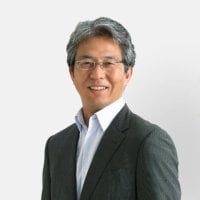
Jun Nishikawa
Sony Corporation
Distinguished Engineer
I have a keen interest in making products smaller, compact, and lighter
──Can you tell us about your current department and responsibilities?
Until 2018, I was in a business unit where my main involvement was in the design and commercialization of projection optical lenses. Counting from my former role, I designed and developed 30 lens models, mainly for use in classrooms, conference rooms, home theaters, and movie theaters. Among them, we have continued to develop new lens types and design methods for catadioptric (reflection–refraction) optical systems, despite several setbacks from around 20 years ago. As rear-projection televisions are getting thinner and lenses are being mounted on UST projectors, they are expected to be applied to head-mounted displays (HMDs).
At present, I belong to a department that specializes in technological development, and with more opportunities than ever before to be involved in projects that create optical products for the first time in history, I have come to experience lens design from scratch. As a result, I became engaged in technical areas in addition to projectors, and I am increasingly involved in the departments of group companies that are engaged in other areas.
──Please tell us more about your area of expertise.
The term catadioptric system was coined by combining catoptric system (reflective optics) and dioptric system(refractive optics), a technology that incorporates a hybrid of reflective and refractive optics. To magnify and project an image displayed on a tiny 1-inch element, it is refracted using a lens. A curved mirror placed in an appropriate position has the potential to realize an unprecedented optical product. My greatest interest as an engineer lies in how to take advantage of technology to make Sony products smaller, lighter, and better in terms of performance.
Incidentally, a projector using a catadioptric relay created through this technology has also been proven to project images at a close range onto curved screens with low distortion, which cannot be achieved using conventional optical lenses.
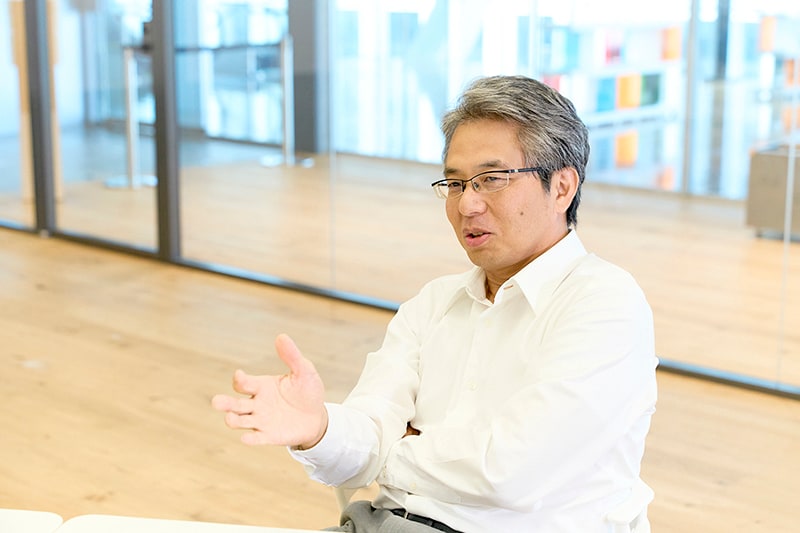
──When did you first become interested in lenses?
I majored in physics in graduate school, especially in the area of optical condensed matter physics and studied lasers and other optics in the process of creating measuring equipment that detects extremely weak light at cryogenic temperatures. However, lenses were never mentioned in general education classes. My first encounter with lens design was at an optical equipment manufacturer that I joined as a new graduate. My experience with lenses began with designing projectors for movie theaters and projection optical lenses for home theaters.
──How did you come to work as lens designer for a projector after joining Sony as an experienced professional?
When I joined Sony in the early 2000s, rear projection televisions were attracting attention partly because they were reasonably priced. At that time, unlike plasma and LCD televisions, rear projection televisions had a built-in optical engine that used a projection lens. Therefore, it was difficult to make them thinner due to the structure.
However, we received an internal request, which was extremely challenging: to create a design that would be 30% thinner in depth while eliminating space for the optical engine under the screen.
"A spirit of challenge for making unique products that had not yet existed" is rooted in Sony's DNA. Once an ideal product is envisioned, everyone makes the utmost effort to achieve it. When I first heard the specifications, I almost gave up, but I thought about them every day. Finally, I managed to develop a method to incorporate an optical engine directly behind the screen, overcoming this challenge.
Later, as the market trend changed, I became involved in designing the projection lens portion of the front projectors that you see today. As a projection lens developer, I have commercialized many products for conference rooms, movie theaters, simulators, and home-theater applications. These include the 4K UST projector (LSPX-W1 and LSPX-A1) commercialized in Life Space UX and the portable UST projector (LSPX-P1).
Specifications that seem unfeasible: the rewarding moment is when I find a clue to them
──Please describe some of the representative technologies you have worked with.
I was engaged with the world's first 1.6x zoom 4K UST lens (mounted on LSPX-W1). As mentioned earlier, I have been developing UST lenses to realize thinner rear projection televisions since the dawn of the early 2000s. At the time, we considered introducing them into schools in England as a new way to use optical products. A projector projects images onto a whiteboard and detects the tip of the students' dedicated pen using a sensor built into the projector to achieve interactive teaching. For example, in a math class in which a student writes a calculation result on a whiteboard and the projector displays whether it is correct, we were requested to develop specifications that do not allow light to enter the eyes when the student looks back. Therefore, there was a growing need for a product that could project over short distances, prompting us to begin the development.
──Could you share the development process for 4K UST lenses with us?
When we were asked to design and develop a 4K UST lens, we were involved in designing several other products. Furthermore, I was busy working on mass production models. This delayed the start of the project, and we had to quickly design the lens.
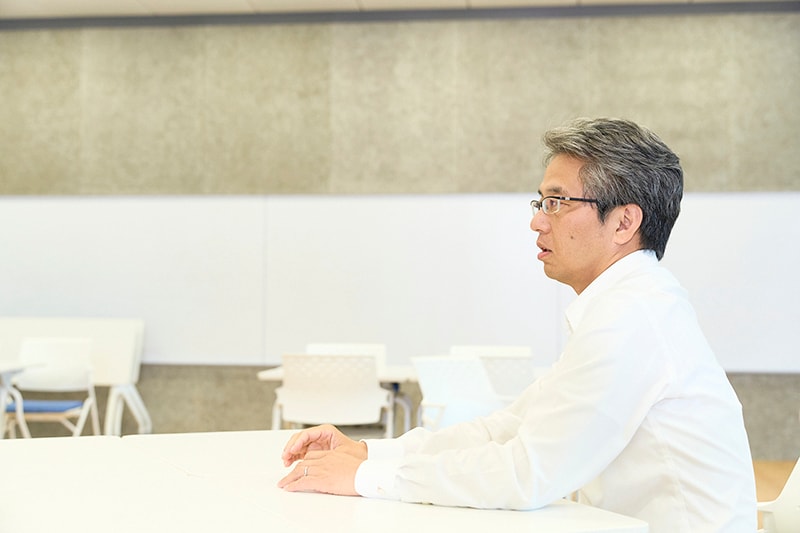
We developed the required specifications through repeated trial and error. We examined several design proposals and eventually narrowed them down to one based on the simulation results. The zoom function of UST lenses was still difficult to achieve in terms of design technology, which is the case till date. We had to create a new design to change the size of the screen without lowering the screen position toward the floor. We needed new concepts for various lens designs; however, we were relieved to incorporate them.
Subsequently, it was introduced at the 2014 Consumer Electronics Show, a technology trade fair held in Las Vegas, where the lens attracted attention worldwide. Most of the requested specifications initially seem unfeasible in the field of technological development. However, repeated trial and error leads to an inspiration that may make it feasible. As an engineer, the moment I find a clue to overcome a challenge is the most rewarding one.
──Is there anything that you, as an engineer, usually do to get inspiration?
I always update myself with the patents and papers sent to me to build images of optical products in my head. I try to accumulate several inputs so that when challenging specifications are internally requested, I will remember some of the inputs, like "Oh, come to think of it, I saw some ideas that may be used for it," and build them up by changing the settings.
We must remain humble and look inwards to stay at the forefront. Learning is not limited to technologies, such as lens design. For example, we have an internal initiative called the DE Technology Challenge, in which we invite volunteers to discuss how to encourage senior citizens to become more independent. When I started that project , I read papers that I normally would not. Learning topics related to a completely different field from mine positively stimulate me and is to create opportunities to develop quite different perspectives.
Lens design is my calling: I was fascinated by difficult-to-find solutions and the ambiguity.
──Looking back on your professional experience at Sony over the years, what do you think about Sony's culture?
I feel that the company sincerely addresses the questions of young engineers. Even if they fail once, Sony has the tolerance to allow them to try repeatedly. The requested specifications were challenging, which sometimes made us have a hard time, but we accepted them and continued with our job. Moreover, because Sony covers a wide range of business areas, its employees have many opportunities to be involved in products in diverse fields, which may give them the chance to make breakthroughs. Furthermore, less-experienced employees are given many opportunities to work on various projects if they are motivated.
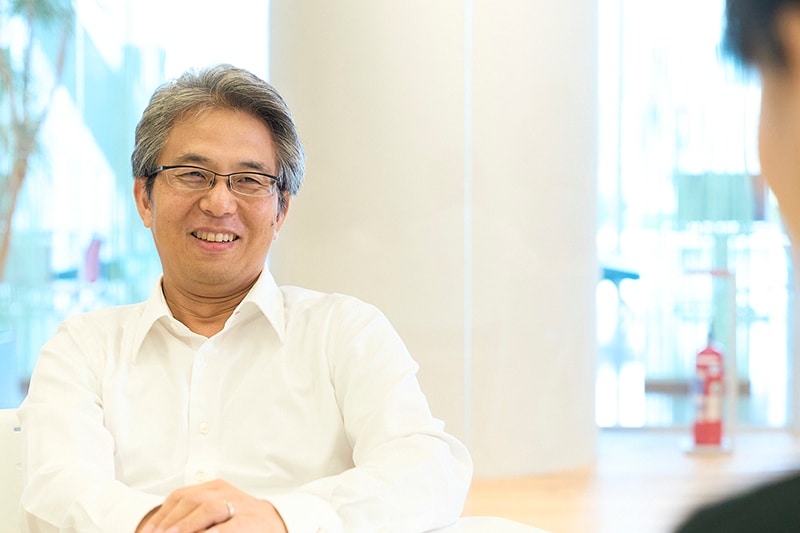
──Please tell us about the attractiveness of lens design and development.
The lens design is based on physics. The world of physics is inherently strict and logical. However, I see lens design as partially ambiguous. When designing a lens from scratch, I first attempt to draw an image. However, once I begin designing, the design must conform to the physical phenomena to exhibit performance. I gradually approach the solution through repeated image drawings and designs. A logical basis is needed, but the lens design may have some ambiguities and require other aspects like a sense. This process is interesting to me, and I become absorbed in it. It is wrong to assume that a person with logical thinking always creates good designs. I think that this aspect suits me.
I get bored easily, but I was impressed by lenses. It was a theme I was so passionate about that my boss once jokingly said, "You are quiet as long as you design lenses." It is the process of designing and thinking about various things. I have been involved in lens design and development for more than 20 years, and it's rather deep, but I still do not see the bottom end. This makes it intriguing. Lens design and development may have been my calling not only because of its logical aspects but also because the solutions are difficult to find.
──Please could you share your future goals.
I would like to actively disseminate lens design methods through academic conferences and other means. So far, to protect our technology, we have not disclosed detailed design methods. However, as a lens designer, I wish to focus on training employees of the next generation. I hope such initiative will help boost the design industry.
As an engineer, I will continue to focus on researching UST lenses and their design methods using catadioptric relays. By leveraging this research, I would like to explore new types of lenses.

